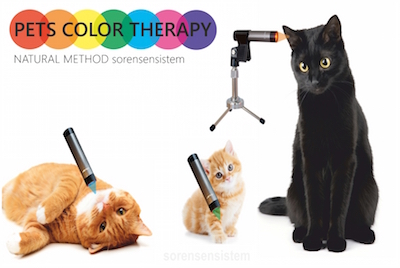22 Ways Dogs Make Humans Healthier
Remember when you were little, and you kept nagging your parents about getting a pup because you had seen other people enjoying their time with their own pet dog? Getting a pet dog is a step toward better health. Only a handful of people know about the real benefits of living with dogs.
Research suggests that people are healthier with pet dogs, both mentally and physically. They are really good for you. Not only do dogs provide unconditional love, but they can also make us happier. Pet owners know that dogs are fun and bring so much affection into one’s life.
However, their most significant impact on us is their powerful benefits for physical and mental health. One finding is that pet dogs help relieve depression. Depression has become one of the leading causes of death worldwide.
According to a published study in AIDS Care, people who owned dogs were significantly less likely to be depressed compared with those who did not own any pet. Other studies have indicated that petting dogs or simply interacting with them releases the feel-good neurotransmitters serotonin, dopamine, and oxytocin. All of these help ameliorate the effects of depression among people.
This is not the only health benefit people can get from owning dogs. There is more to see in the infographic below. It showcases the physical and mental health advantages these K9 companions can provide.
Scroll down and view the colorful graphic to understand why dogs are important and why they are dubbed as man’s best friend. After seeing the graphic, you will surely thank your best buddy for your good health.
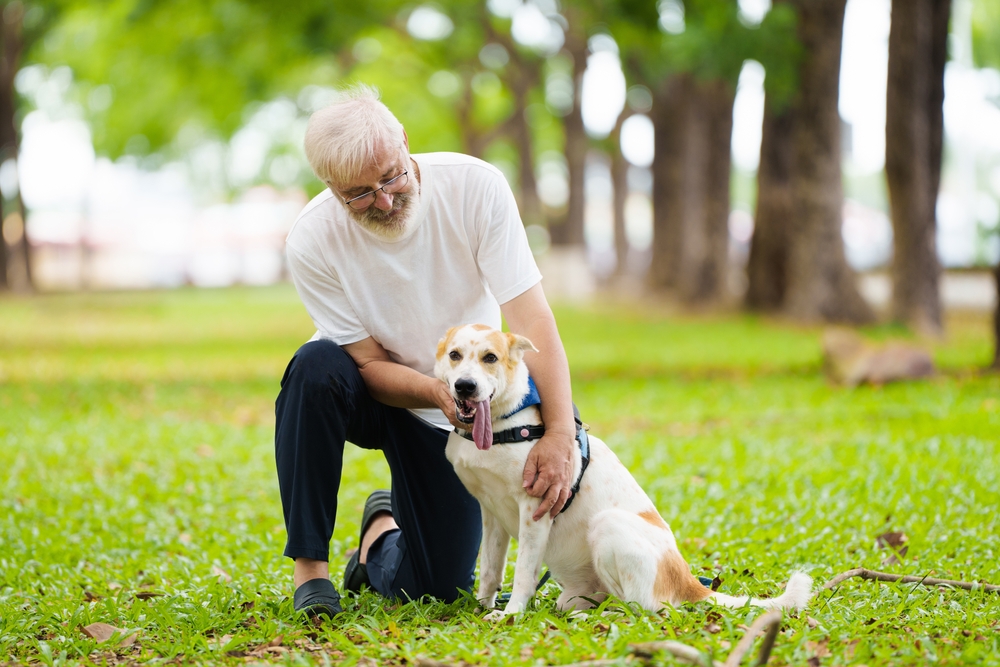







 Recently, I got an email from a dog owner. His favorite four-legged friend was suffering from various inflammatory and degenerative musculoskeletal disorders which were treated with painkillers for a long time, after which the animal had suffered a perforation. The man knew his dog´s illness very well and was super informed. He reported that his family had already tried everything and asked me now, if I had any idea of what to do.
Recently, I got an email from a dog owner. His favorite four-legged friend was suffering from various inflammatory and degenerative musculoskeletal disorders which were treated with painkillers for a long time, after which the animal had suffered a perforation. The man knew his dog´s illness very well and was super informed. He reported that his family had already tried everything and asked me now, if I had any idea of what to do.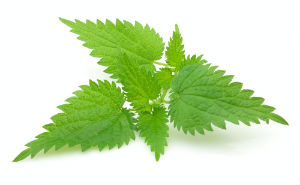 The NSAID or NSAP only fight the symptoms. They inhibit pain transmission and inflammation. According to studies, plants can do more than that. And so we’ll get to another herbal painkiller and anti-inflammatory that is often underestimated or not detected: the nettle. Several studies showed that the nettle does not only have analgesic and anti-inflammatory effects, but also engages directly in the inflammatory process. How does it do it? It inhibits cytokines. These are the body’s own messengers that, in a complex sequence of events such as the attack of cartilage, lead to inflammation. Thus, there is direct intervention in the pathological event. Therefore, the nettle is not only a herbal painkiller and anti-inflammatories in the acute stage for horses, dogs and cats, but also a wonderful prophylaxis agents for example, Osteoarthritis predisposed animals in the early stages, etc.
The NSAID or NSAP only fight the symptoms. They inhibit pain transmission and inflammation. According to studies, plants can do more than that. And so we’ll get to another herbal painkiller and anti-inflammatory that is often underestimated or not detected: the nettle. Several studies showed that the nettle does not only have analgesic and anti-inflammatory effects, but also engages directly in the inflammatory process. How does it do it? It inhibits cytokines. These are the body’s own messengers that, in a complex sequence of events such as the attack of cartilage, lead to inflammation. Thus, there is direct intervention in the pathological event. Therefore, the nettle is not only a herbal painkiller and anti-inflammatories in the acute stage for horses, dogs and cats, but also a wonderful prophylaxis agents for example, Osteoarthritis predisposed animals in the early stages, etc. Yes, the poor cats are somewhat at a disadvantage as opposed to horses and dogs in terms of herbal painkillers. Because of their
Yes, the poor cats are somewhat at a disadvantage as opposed to horses and dogs in terms of herbal painkillers. Because of their 
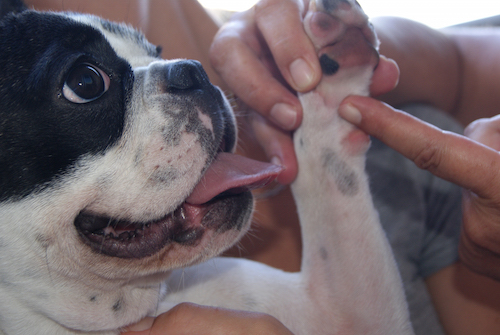 In horses, dogs and cats the most effective reflexology areas are on the head, paws and ears. Only these parts of the body have nerve endings which are sufficiently pronounced. The brain and spinal cord (= energy source) are the main switching areas for energy changes. Here all of the organ zones are displayed and can be treated with the reflexology. Each disease is an energy flow disturbance. With animal reflexology the energy flow is stimulated and thus activates the self-healing power.
In horses, dogs and cats the most effective reflexology areas are on the head, paws and ears. Only these parts of the body have nerve endings which are sufficiently pronounced. The brain and spinal cord (= energy source) are the main switching areas for energy changes. Here all of the organ zones are displayed and can be treated with the reflexology. Each disease is an energy flow disturbance. With animal reflexology the energy flow is stimulated and thus activates the self-healing power.
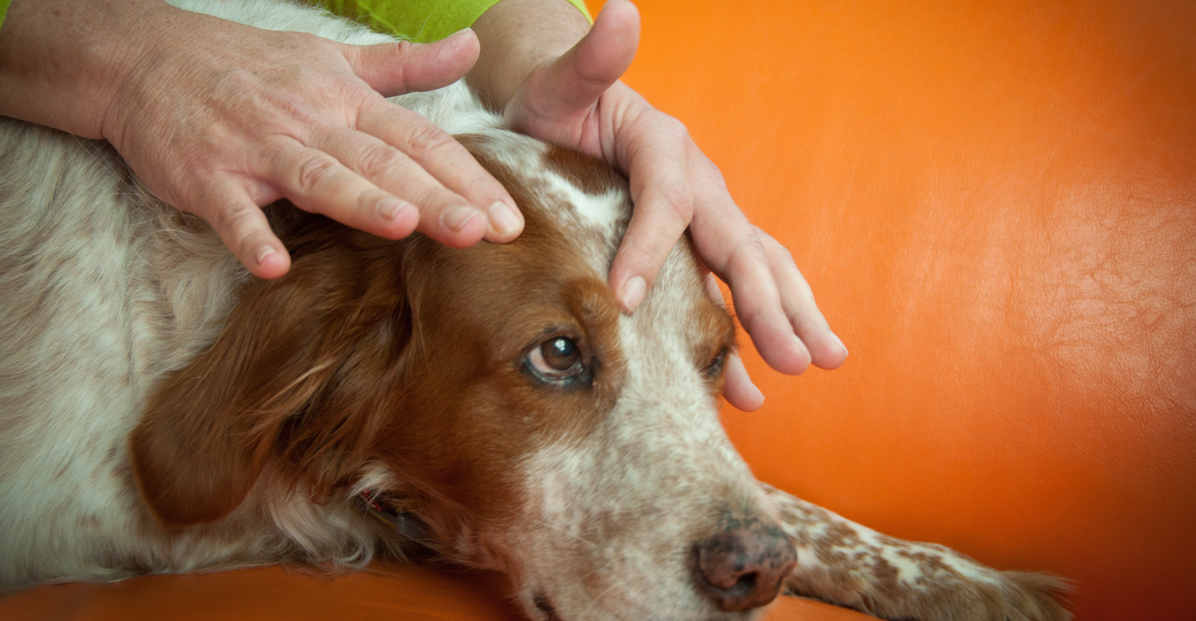
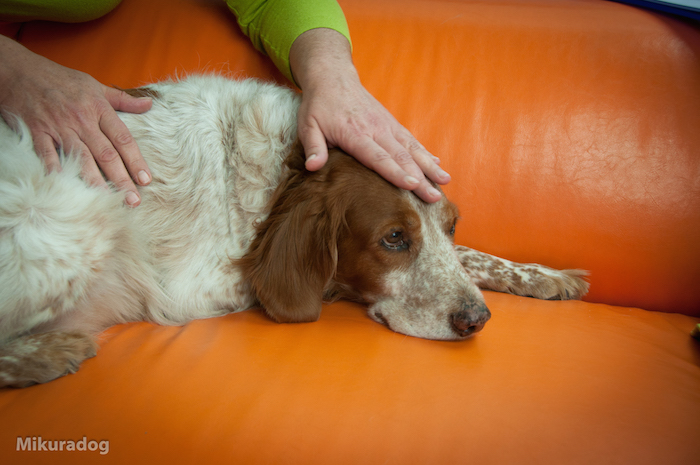 Trigger point massage
Trigger point massage
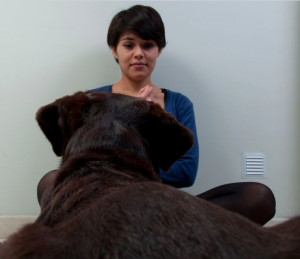



 The food contains a reduced proportion of carbohydrates, to not supply additional energy to the tumor, while the fat and protein content is increased, so that the body reserves can be replenished. By adding omega-3 fatty acid and the amino acid arginine immune function is increased and the depletion can be counteracted. The lining is only available as canned food and only for dogs and can be given during the entire lifetime of a dog with cancer. However, it has no preventive function, so is not suitable for healthy dogs that should be fed natural and organic dog food.
The food contains a reduced proportion of carbohydrates, to not supply additional energy to the tumor, while the fat and protein content is increased, so that the body reserves can be replenished. By adding omega-3 fatty acid and the amino acid arginine immune function is increased and the depletion can be counteracted. The lining is only available as canned food and only for dogs and can be given during the entire lifetime of a dog with cancer. However, it has no preventive function, so is not suitable for healthy dogs that should be fed natural and organic dog food.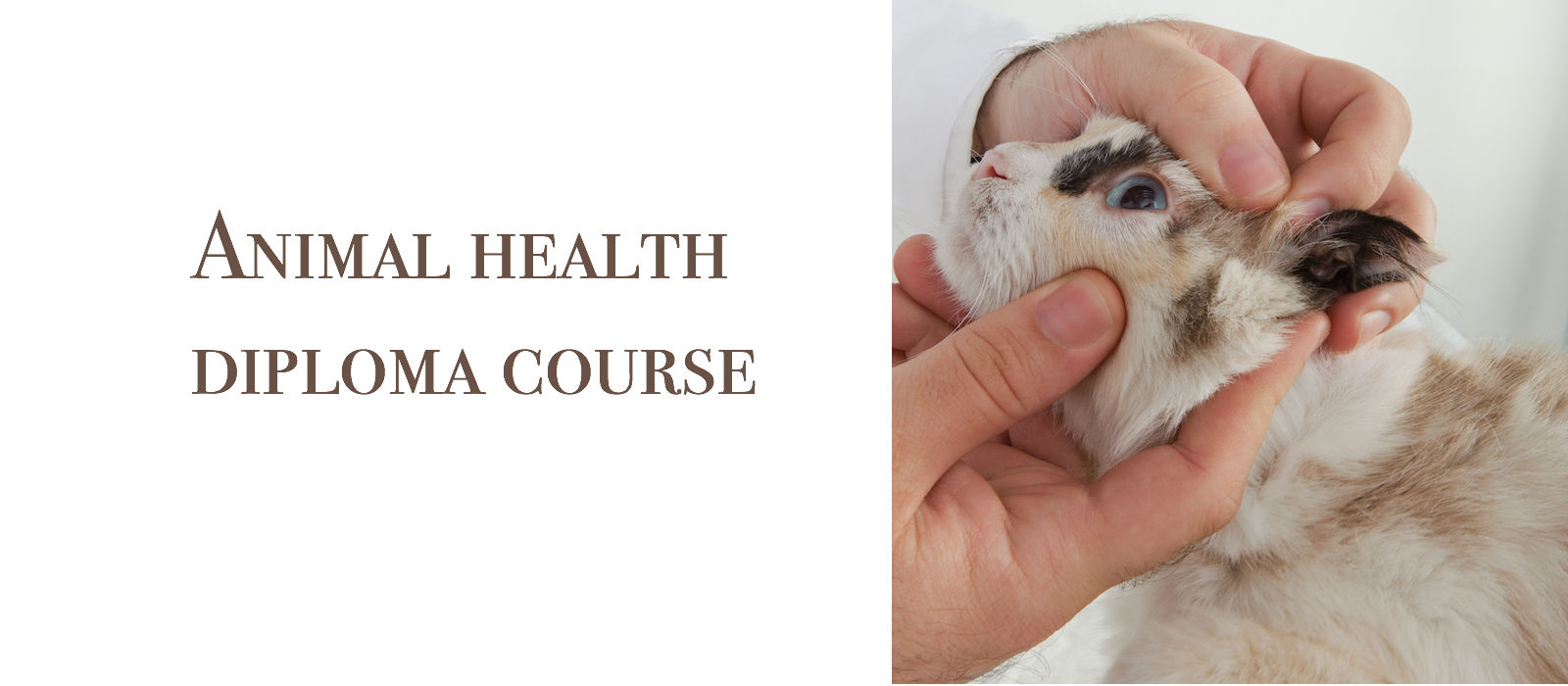
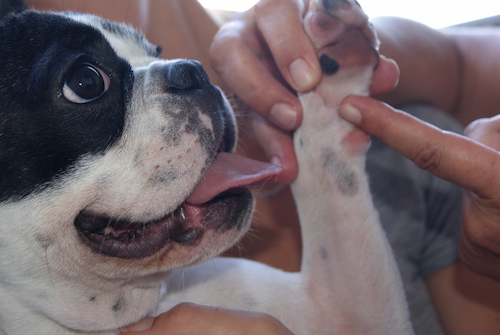

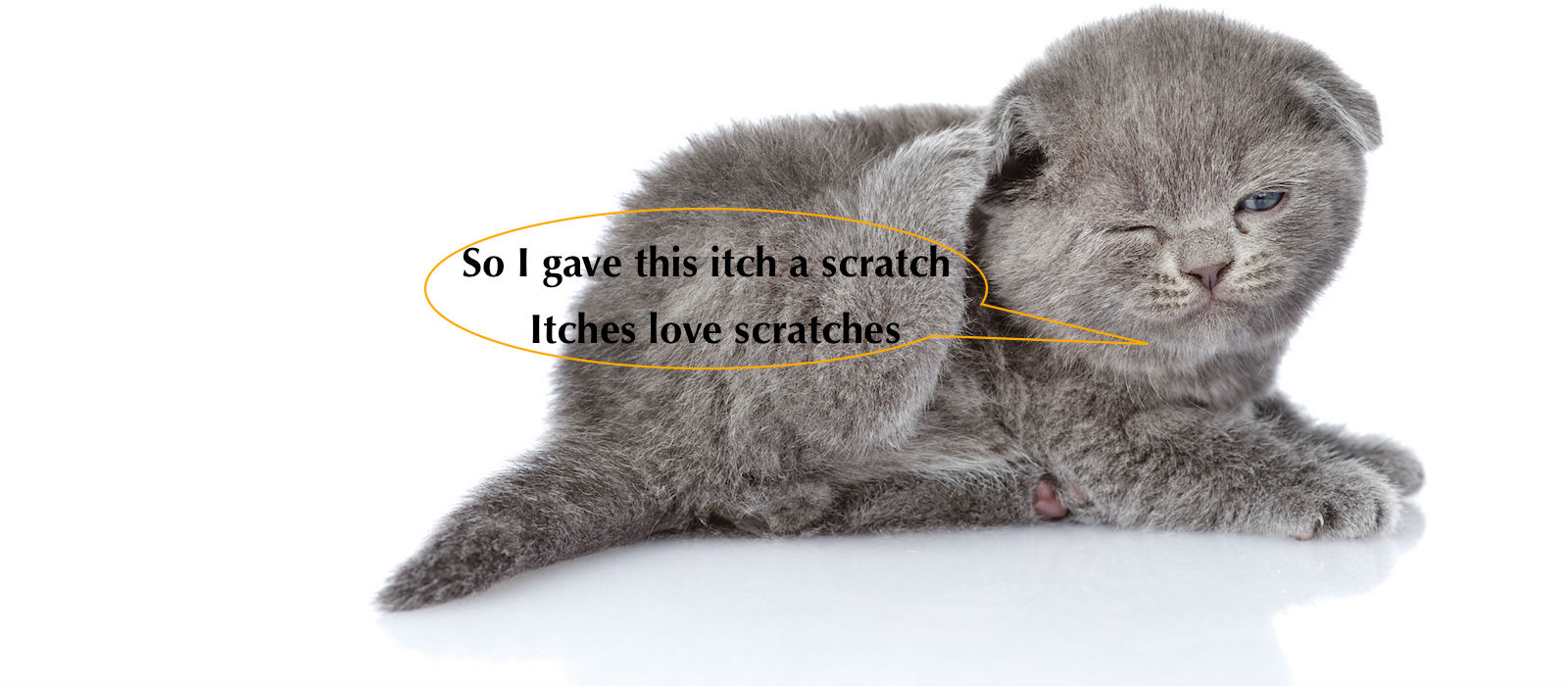
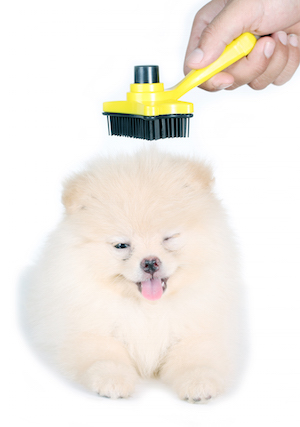
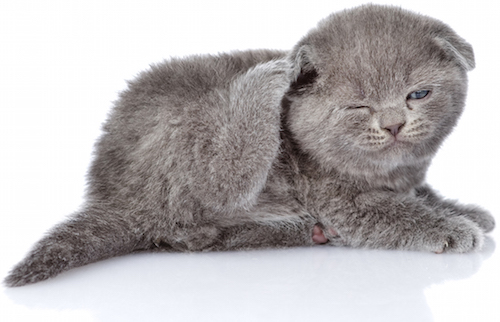 Find and fight the cause of dry skin in dogs, cats and horses. Sometimes dry skin is caused by the infestation of parasites. For example if you find dry skin on the ears of your pet, he probably has mites. This causes the itching and the associated dry skin. Dip a cotton ball in mineral oil and spread it on the infected area to get rid of the mites.
Find and fight the cause of dry skin in dogs, cats and horses. Sometimes dry skin is caused by the infestation of parasites. For example if you find dry skin on the ears of your pet, he probably has mites. This causes the itching and the associated dry skin. Dip a cotton ball in mineral oil and spread it on the infected area to get rid of the mites.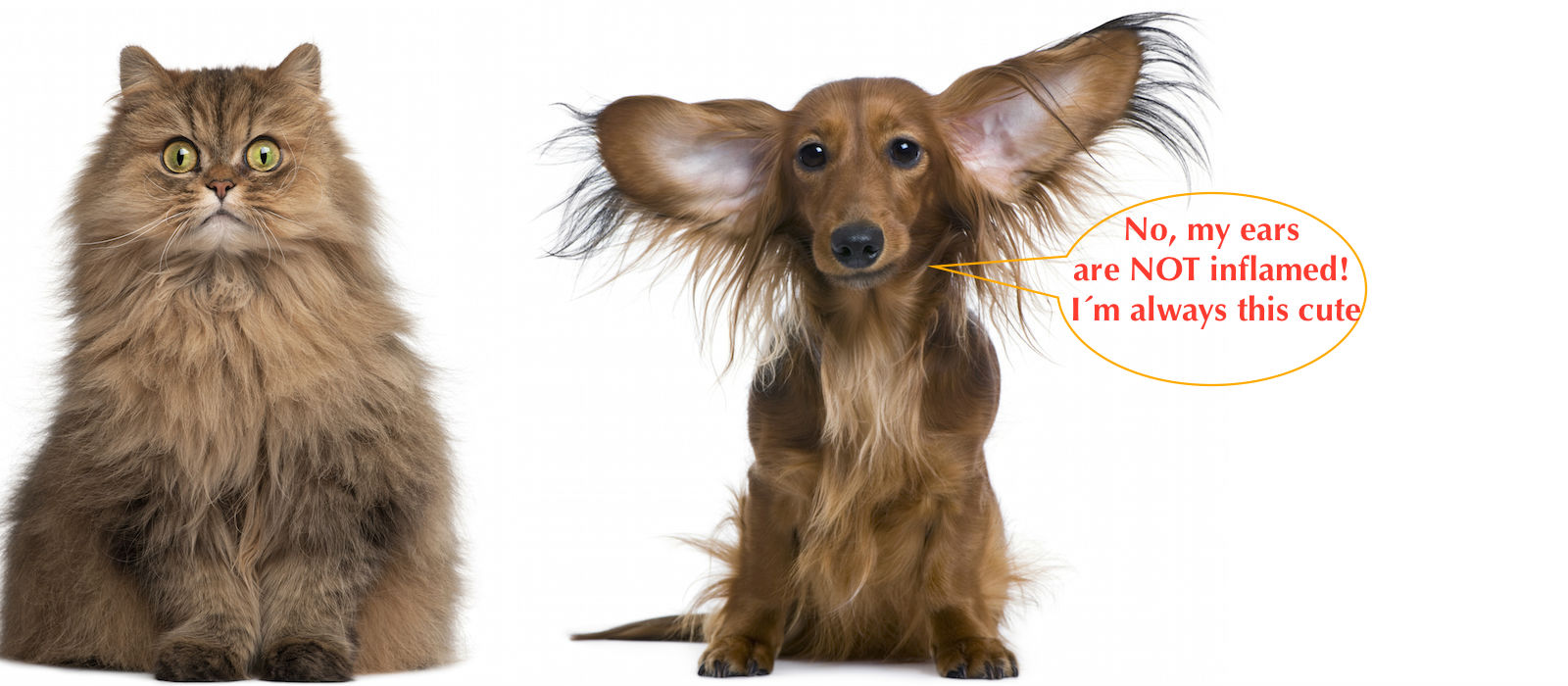
 • In dogs with drooping ears or ears that are almost fully covered by a lot of hair, the ears can not be well ventilated. That is why these animals have an increased chance of getting an ear infection. If you can remove the hair on a regular basis, you reduce this risk.
• In dogs with drooping ears or ears that are almost fully covered by a lot of hair, the ears can not be well ventilated. That is why these animals have an increased chance of getting an ear infection. If you can remove the hair on a regular basis, you reduce this risk. Colloidal silver is used in the form of drops and ointments as an alternative to chemical antibiotics. Especially in the control of bacteria, viruses, parasites and fungi it has been found to be very effective.
Colloidal silver is used in the form of drops and ointments as an alternative to chemical antibiotics. Especially in the control of bacteria, viruses, parasites and fungi it has been found to be very effective.